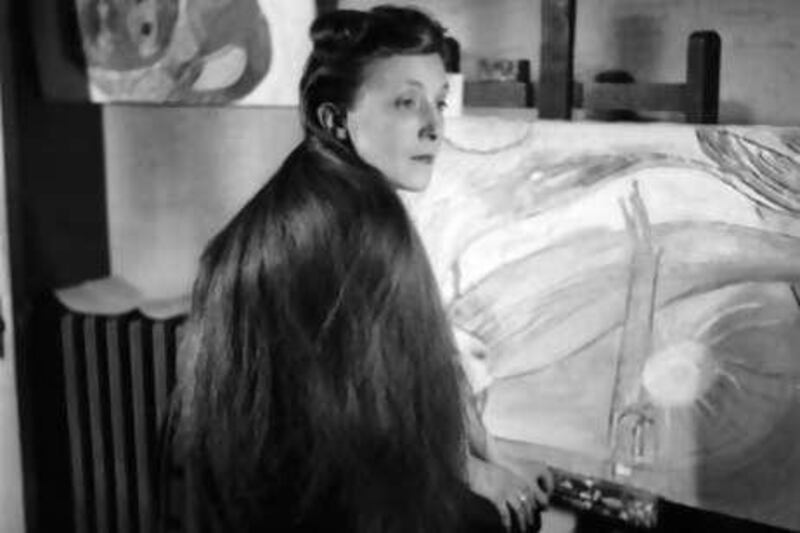Louise Bourgeois came to fame late in life. Not until she was 70 did the art world fully embrace her tortured, deeply personal and psychologically loaded abstract sculptures, and then the world seemed to be overrun by her gigantic spiders. Into her 90s, she was still working six days a week and presided over a room full of young artists who came to pay homage at the feet of their heroine at the weekly salons she held in her Chelsea brownstone in Manhattan.
"I became a sculptor because it allowed me to express - this is terribly, terribly important - what I was embarrassed to express before," she said. The third daughter born to a French couple who dealt in antique tapestries, she learnt later in life that her father had a 10-year affair with the English governess appointed to teach the young Bourgeois children, and the dreadful fact of his betrayal was the fuel for much of her subsequent art, most notably her celebrated 1974 tableau, The Destruction of the Father. It featured a table bearing a selection of biomorphic shapes moulded in latex and communicated, Bourgeois explained, a childhood fantasy of a dinner table where family members pull a pompous father onto the table, dismember him and consume his body parts. For this, and other sculptures, Bourgeois found her work championed by the nascent feminist movement, something with which she was never entirely at ease.
Bourgeois never intended to be an artist. Her passions were mathematics and philosophy, the subjects she studied at the Sorbonne from the age of 20, after 12 years at Paris's Lycée Fénelon. She liked solid geometry, a field in which, she said, "relations can be anticipated and are eternal". But she became disillusioned with mathematics and turned to painting. During her early 20s she studied with various artists in Paris, finding her favourite in Fernand Léger, who told her that she was not a painter but a sculptor.
In 1936, she met Robert Goldwater, an American art history student. The two married, moved to New York - a city she loved - and had three sons. She was attracted by his rationality - the same quality that had drawn her to mathematics - and by the fact that he never once showed her any anger. Her first solo show, which took place in 1949, featured Personages, slim, pole-like figures, some bronze, some wood; one had wings, another was spiked with nails while others bore similar signs of suffering. Over time, her figures became messier and wilder. She withdrew from the public sphere while continuing to show her work, which fell under the umbrella of Abstract Expressionism.
As the vogue for Modernism evolved in the 1960s and 1970s, Bourgeois's sculptures attracted more attention, and in 1966 featured alongside sculptures by a young Bruce Nauman and Eva Hesse in the Eccentric Abstraction exhibition that would achieve lasting fame. By that decade's end she was carving large figures from marble in Italy, entering a new phase that she referred to as "symbolic abstraction". The symbolism was blatant and she was always eager to explain in detail to members of the press exactly what an object's intended significance was.
With Goldwater's death in 1973, she flourished. In 1982, New York's Museum of Modern Art hosted a Bourgeois retrospective: it was the first time that the institution had honoured a female artist. In 1992, the Guggenheim inaugurated its new SoHo branch with a show entitled From Brancusi to Bourgeois. The following year, she was chosen to represent the United States at the Venice Biennale. In 2000, when the Tate Modern opened in London, its first exhibition was by Bourgeois: her massive, spooky spider entitled Maman stood sentinel in the gallery's Turbine Hall.
She is survived by her two sons. A third predeceased her. Born on December 25, 1911; died on May 31. * The National






